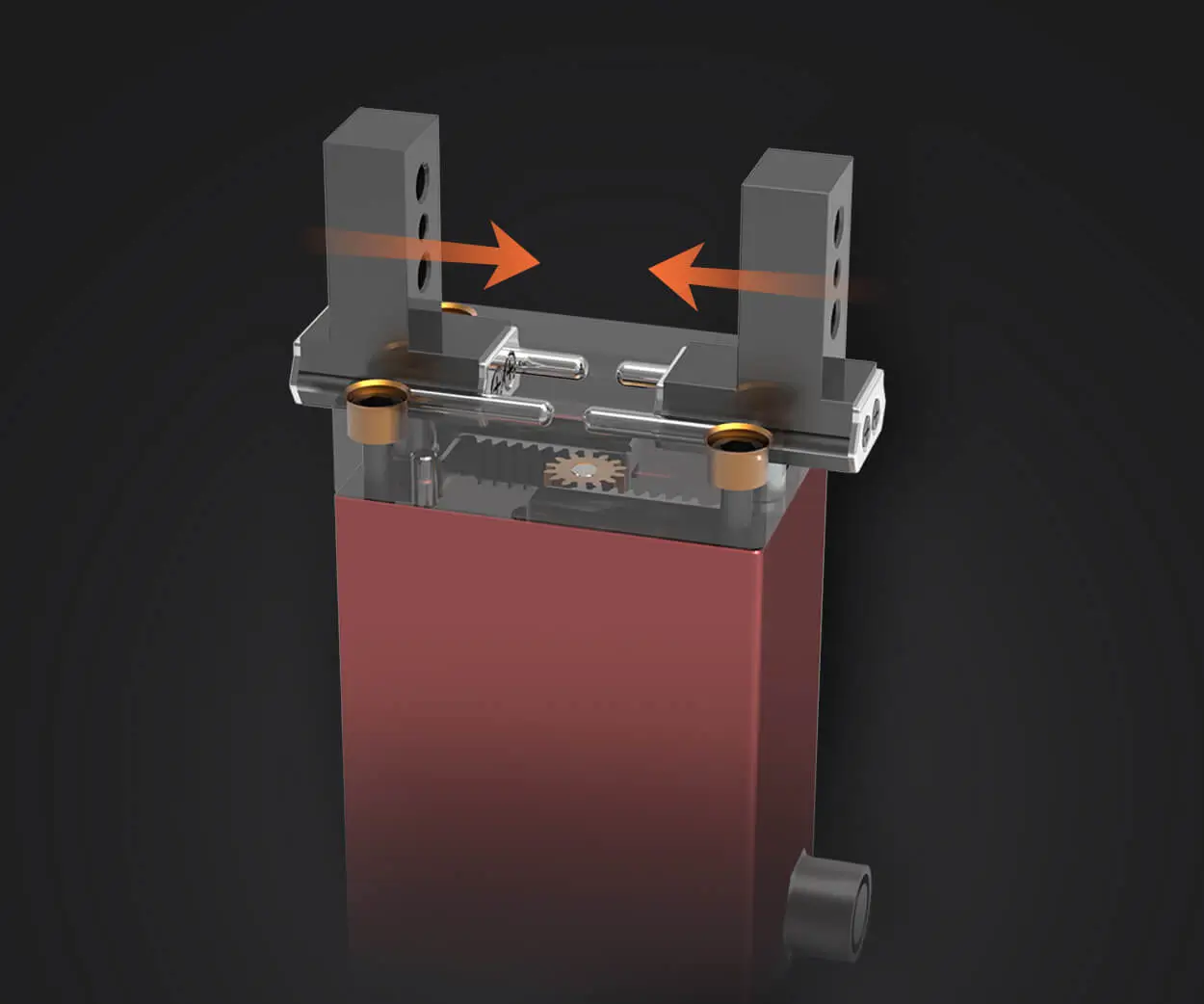Imagine trying to juggle hundreds of balls at once—each one representing a different part of your application. That’s what building monoliths feels like sometimes. Enter microservices—a game-changer. If you’re curious about how to move from a tangled code base to a streamlined, scalable system, then this step-by-step tutorial might just be what you’re looking for.

Microservices split your application into tiny, responsible pieces. Instead of one massive block, you get smaller, independent services that can develop, deploy, and scale on their own. It’s like switching from a crowded subway to a fleet of sleek electric scooters—each one running smoothly without holding others up.
So, why bother learning microservices? Think about updates. In a monolithic system, pushing a small change could mean redeploying the entire app. With microservices, you can update a single service without affecting the rest. Imagine fixing a bug in your shopping cart without bringing down the whole website—that’s the power of this architecture.
But how do you get started? First, understand the core principles—boundaries, APIs, and automation. Set up your services around clear responsibilities: User Management, Payments, Inventory. The next step is choosing the right tools. There are plenty out there—containerization with Docker, orchestration with Kubernetes, logging with ELK stack, you name it. These aren’t just buzzwords—they’re the skeleton and muscles of your microservices.
While diving into implementation, consider your data management carefully. Each service should ideally have its own database. Think about the benefit—less dependency, more flexibility. It’s like giving each department in a company its own filing cabinet. If a customer updates their profile, that change doesn’t ripple across the entire system.
Ever wonder about handling failures? In microservices, resilience is king. Use circuit breakers, retries, fallbacks. When one service crashes, the rest should roll on. That’s where designing for failure comes in—think of it as building a safety net under your tightrope walk.
Security isn’t left behind either. How do you keep data safe between services? Secure API gateways, tokens, encryption—these ensure your services communicate securely. No surprises there, just good practice.
People often ask, “Does this mean more complexity?” It can, but it’s a different kind of complexity—organized, manageable. Plus, monitoring tools make it easier to spot issues early. It’s like having a health check-up for your entire app at any moment.
If you’re tired of slow updates, monolith headaches, or scaling nightmares, learning microservices isn’t just a trend. It’s a strategic move. Think of it as upgrading your bike to a motorcycle—faster, more efficient, and ready for the long ride ahead.
In the end, transforming from monolith to microservices isn’t overnight, but take it step by step. With the right approach, your applications will become more agile, resilient, and ready for whatever comes next. Want to become a master of microservices? That’s where this tutorial steps in, guiding you through every stage, no fluff, just real, actionable knowledge.
Established in 2005, Kpower has been dedicated to a professional compact motion unit manufacturer, headquartered in Dongguan, Guangdong Province, China. Leveraging innovations in modular drive technology, Kpower integrates high-performance motors, precision reducers, and multi-protocol control systems to provide efficient and customized smart drive system solutions. Kpower has delivered professional drive system solutions to over 500 enterprise clients globally with products covering various fields such as Smart Home Systems, Automatic Electronics, Robotics, Precision Agriculture, Drones, and Industrial Automation.




































